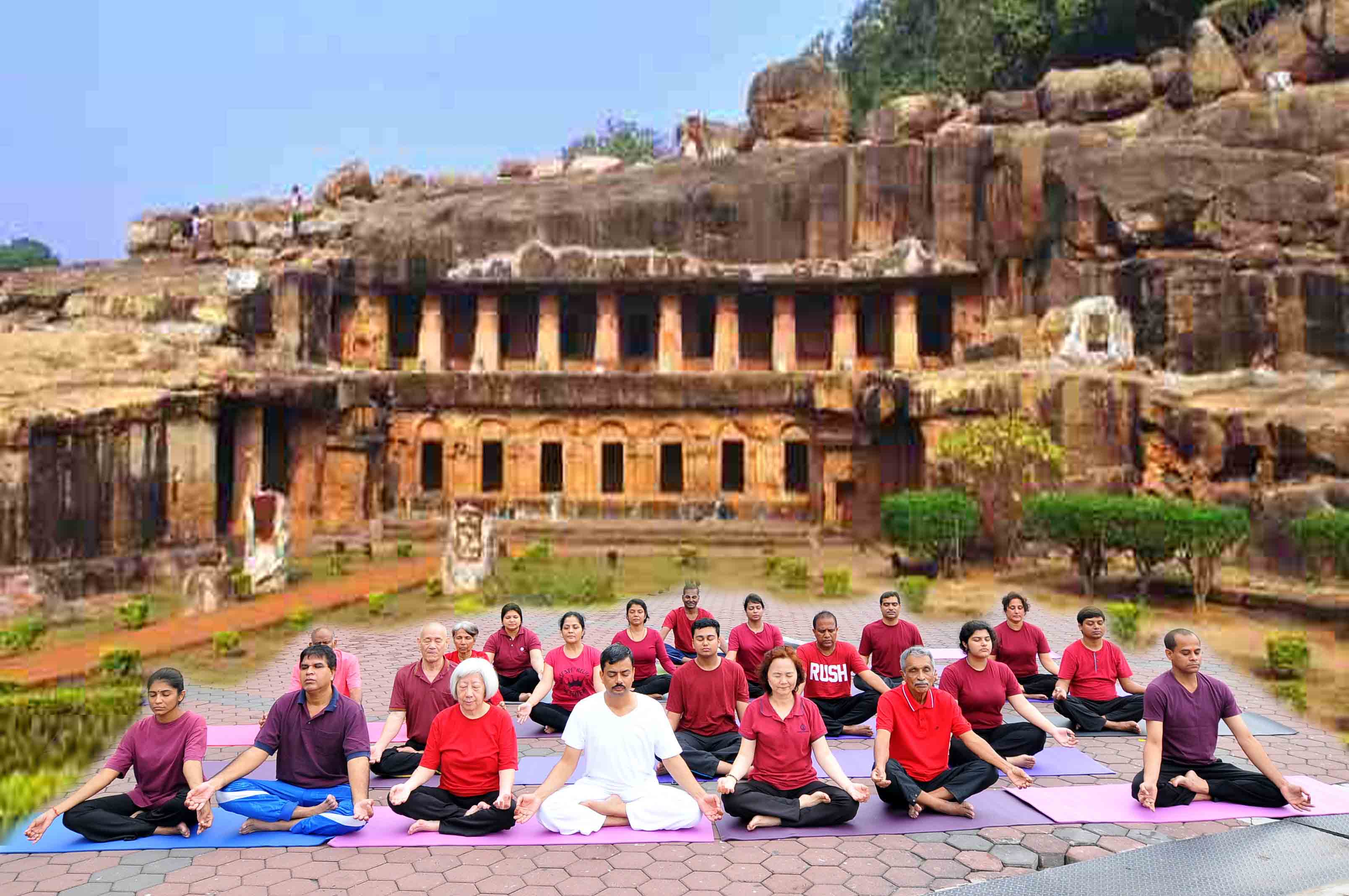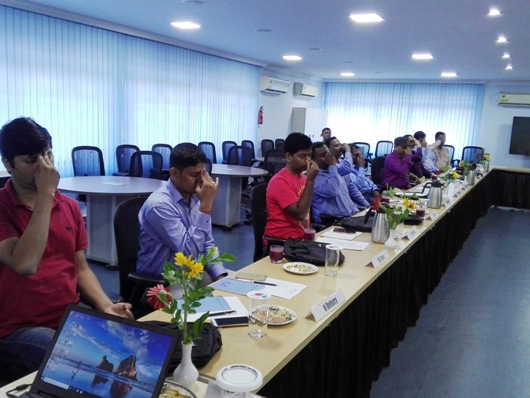
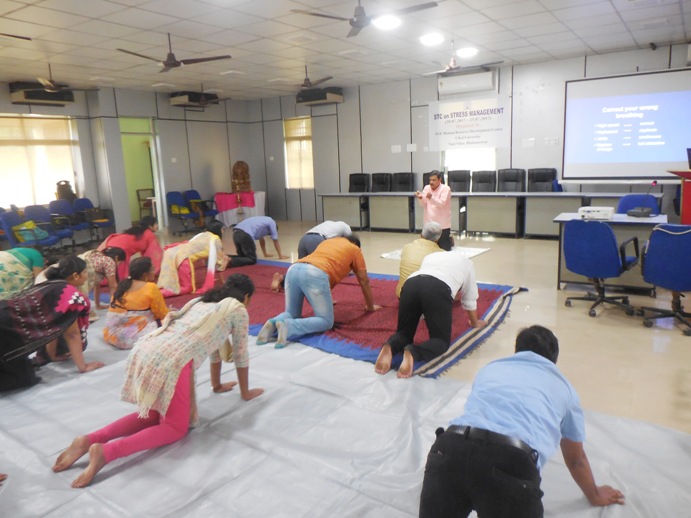


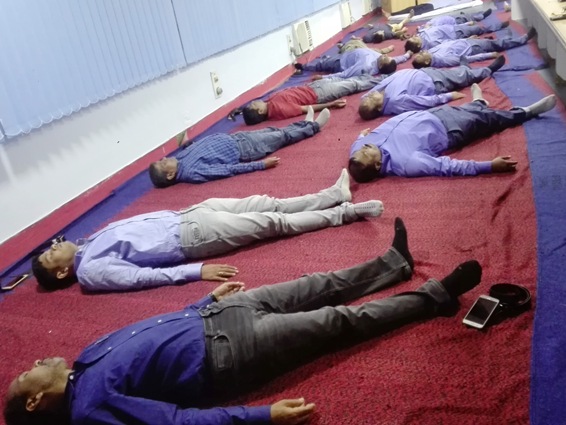


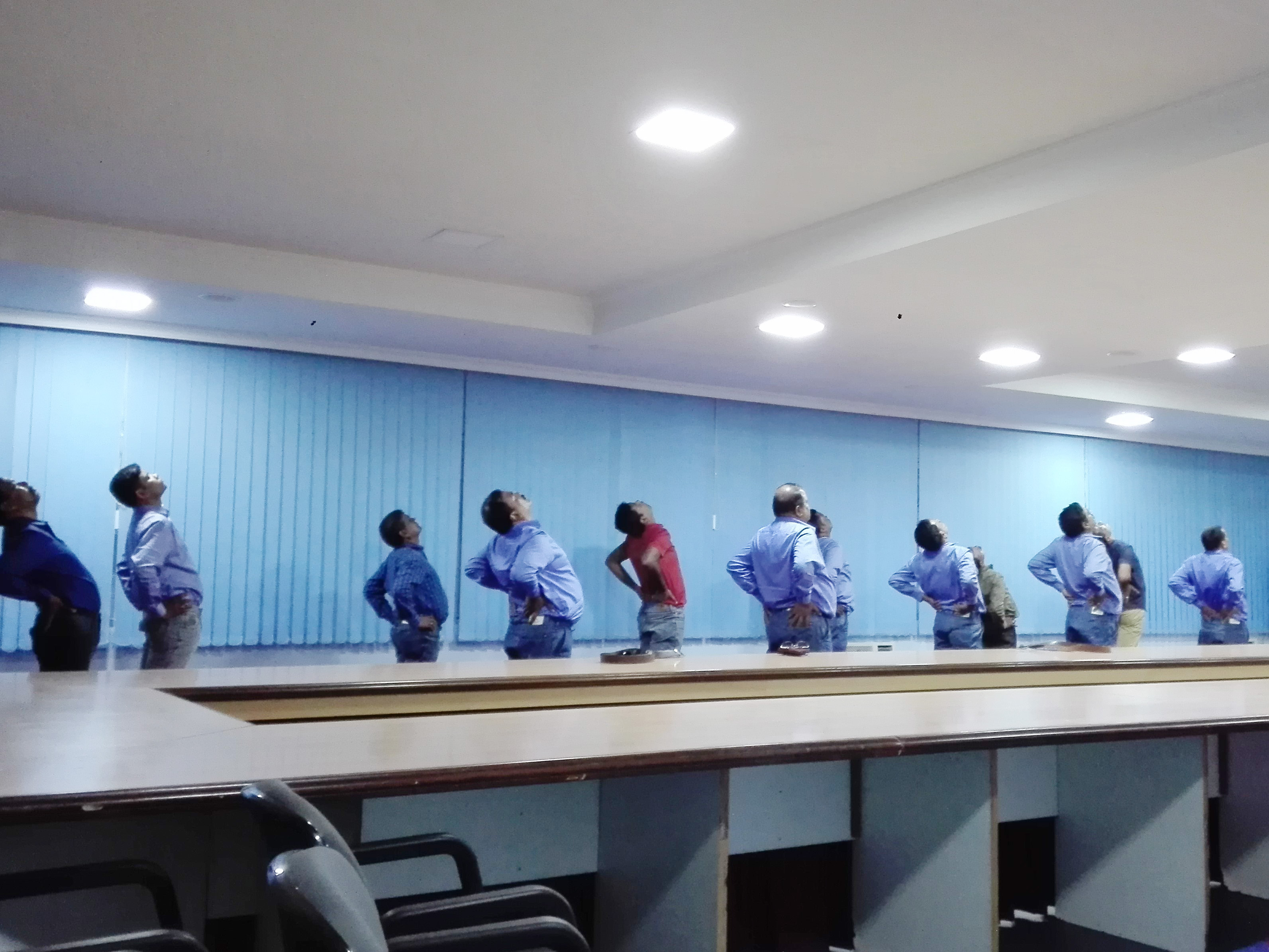
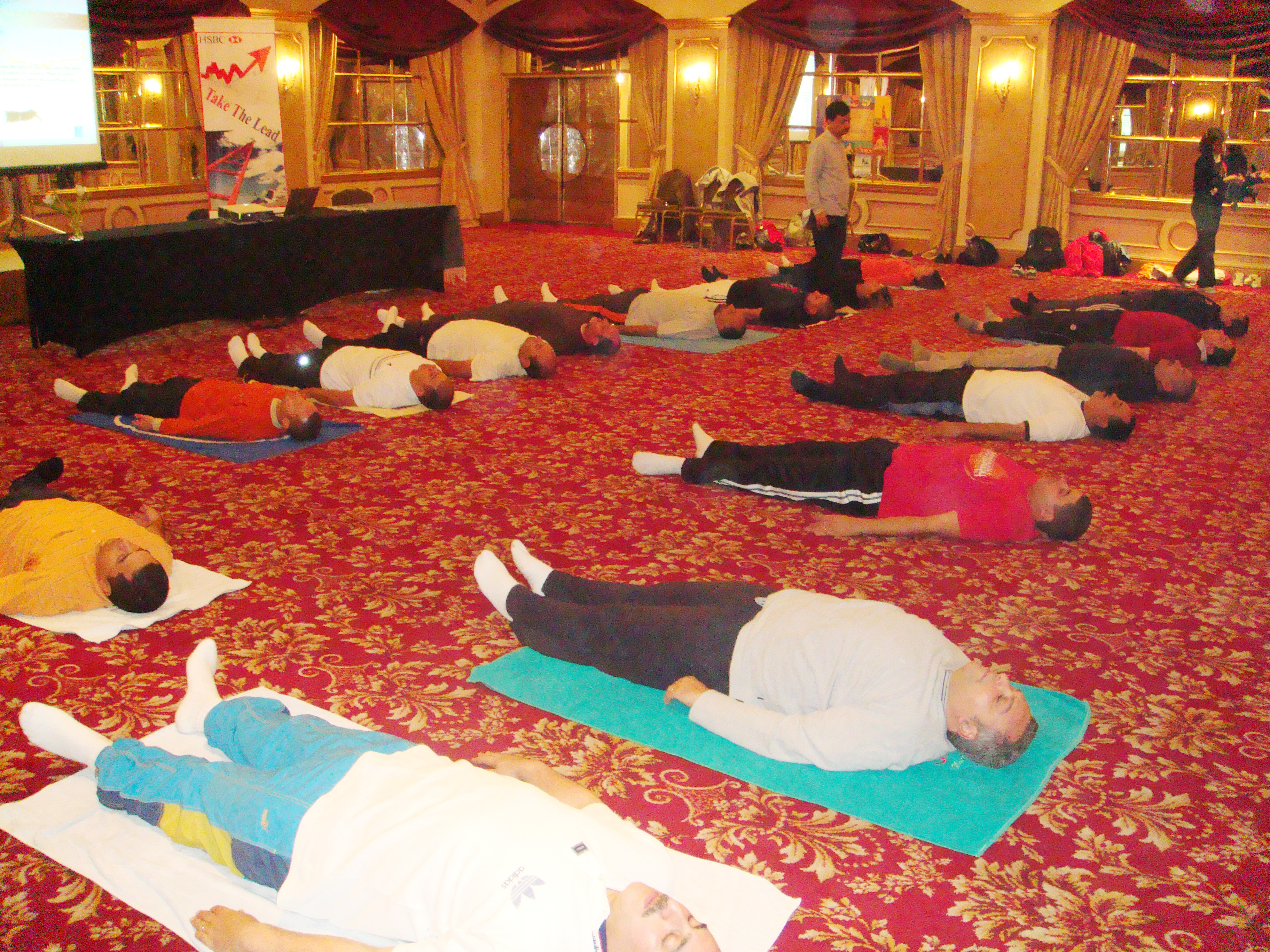
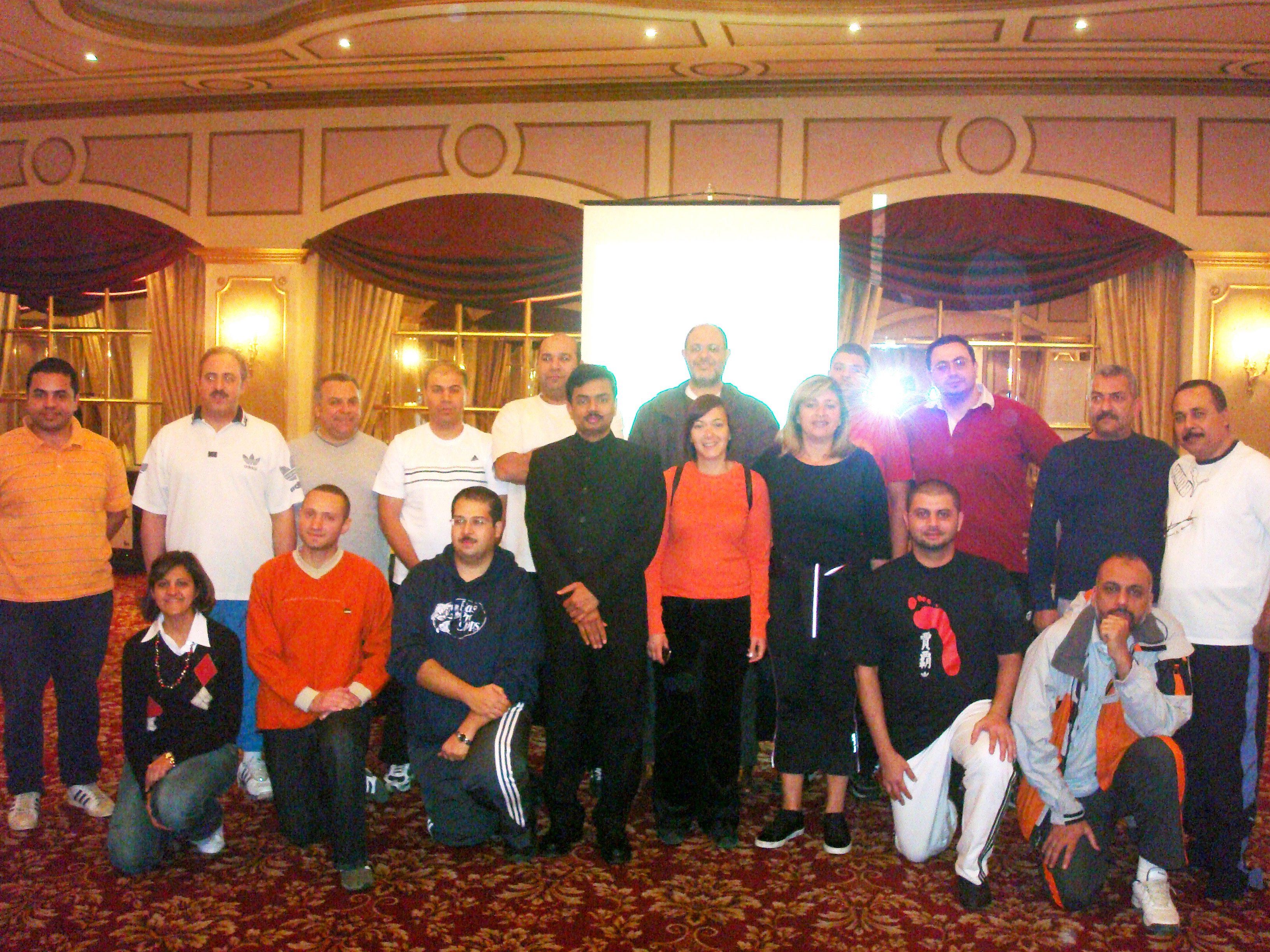
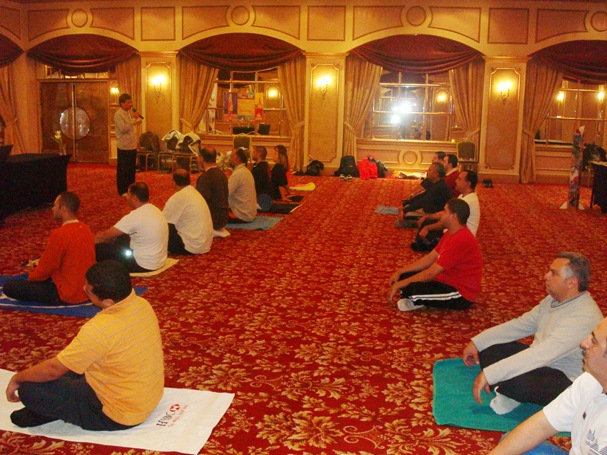
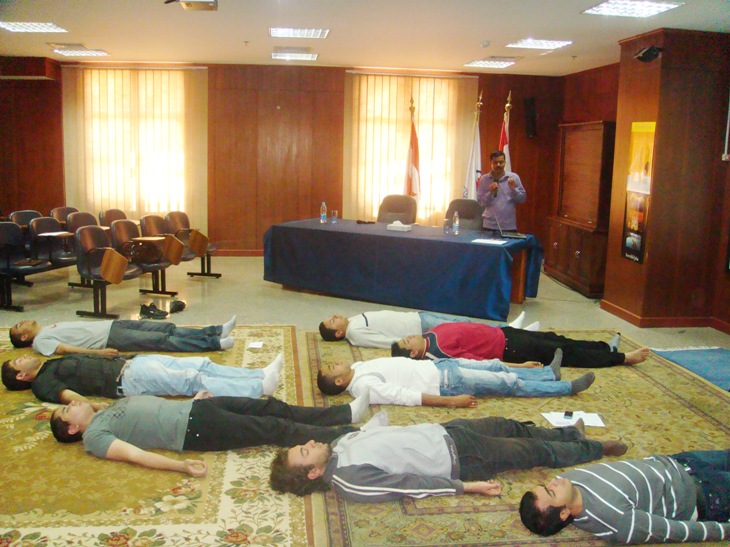

Yoga for Stress Management
Today in our competitive and fast-flowing life, stress is ingrained in our lives. We are surrounded by potential sources of stress. Our job, family, friends, schedule, traffic, and finances are among the many possible origins of stress we encounter on a daily basis. Medical conditions, dietary deficiencies, and environmental factors such as noise or air pollution add to stress as well. The higher standard of living, higher education, higher incomes, and more skilled occupations are associated with a higher level of stress. Executives, professionals, and people working on jobs with deadlines are under stress most of the time. Mental stress is the penalty man is paying today for becoming civilized.
Research reveals that 80% of all modern diseases have their origins in stress and 75% to 90% of all visits to primary care practitioners are now known to be stress-related. The World Health Organization calls stress "the health epidemic of the 21st century." In short, stress can disrupt both our professional as well as our personal lives. Many suffer from stress yet don't even realize it. Hence, every person should know what stress is, how to recognize it, and most importantly, learn effective stress management techniques to make stress work for us rather than against us in today's fast-paced world.
Yoga is a holistic science-based on certain immutable laws of nature which was born and developed several thousand years ago in India. World wide it has emerged as the best known and respected form of Stress Management because it works on both the mind and the body at the same time. Yoga offers proper postures, proper breathing, deep-relaxation, concentration, self-analysis, etc which can actually bring balance to our autonomic nervous system.
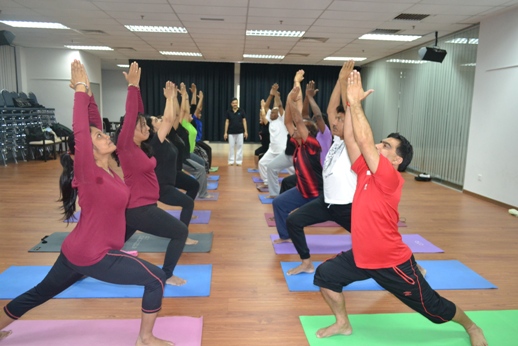
01
Yoga postures
Yogic postures movements are designed in such a way that they work on more than one aspect of the body at a same time e.g. brain, spine, glands, internal organs, muscles etc. Its gentle squeezing action stimulate and increase blood supply to different parts with less effort and economy of time which really helps to rejuvenate and balance the mind and body. During stressful times, muscles contract. Yoga postures warms and relaxes cold, tight muscles and tissues which contribute to stress feelings. It improves blood flow to the brain, which helps to think more clearly and prevents easy fatigue. It can decrease ‘stress hormones' like cortisol and release endorphins (feel-good hormones) the body’s natural pain relievers that improve your mood. It removes the build up adrenaline that can occur if stressed and release serotonin, a neurotransmitter that stimulates the brain's "happy centers."
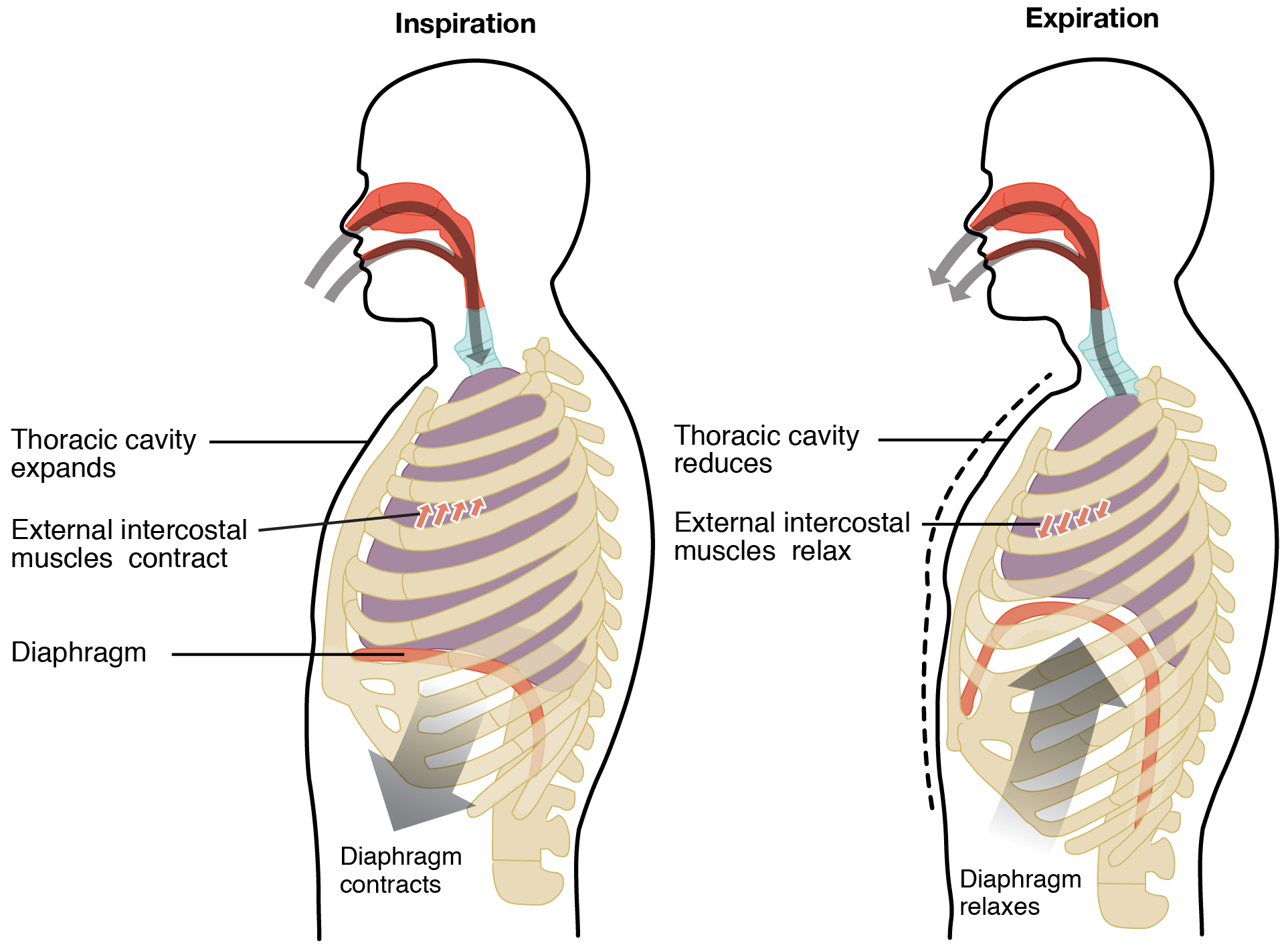
02
Yogic Breathing
The state of mind is directly connected to breathing. The quality of our breath influences the state of our mind and vice-versa. They are one and the same. When we get stressed our breathing pattern changes. We may not even realize how much our breathing rhythm changes under stress .During stress period we tend to take shorter, shallow, rapid, irregular breaths and may even hold our breath.
This decreases the flow of oxygen to the body, making it harder to cope with stress. Yoga breathing techniques and a practice called Pranayama which has cultivated and refined by the yogis over thousands of years not only alter the speed, rhythm, and space of the breath but also alter the state of mind.
03
Relaxation Practice
Yoga Nidra which is called psychic sleep/ art of sleeping / conscious deep sleep is probably the best most powerful known technique to induce complete physical, mental and emotional relaxation. It is a science of relaxation which enables us to dive deep into the realms of sub-conscious mind thereby releasing all tensions. Yoga Nidra takes us through all four of our natural brainwave patterns.
In a world of information overload, this practice offers us a haven of silence and return to stillness with rejuvenates the body and mind. It decreases our metabolism, rate of breathing, heart rate, blood pressure and prevents psychosomatic diseases.


-4
Concentration practice
Due to stress our mental energy is wasted and our central nerve system loses its balance. We are unable to grasp and focus in the present moment. The Yoga of Sight (TRATAKA), a concentration practice helps to coordinate the impulses of the sensory and motor nerves, which assist in producing a state of calmness and tranquility. It is a very effective way of withdrawing from external stress, tension, distractions and allowing the brain to enter a relaxed and highly beneficial alpha state.
05
Self Analysis
Self Analysis: is a systematic attempt by an individual to understand his or her own personality, emotions and behavior without the aid of another person. By developing the capability to distinguish within oneself good and bad tendencies, an individual is able to improve. Through self-analysis, it is possible for an individual to analyze what short-comings are impeding him/her.
Anyone working in an organization needs to recognize his/her moods, emotions and the deeper emotional needs that drive him/her and others’ cues and adjust their own words and behaviors accordingly. By working with self-analysis we will be able to shift our focus from blaming the factors that we cannot control to ourselves, ability to learn from mistakes, help us solve the ethical problems that abound in the workplace today and handle pressure better.
Anyone working in an organization needs to recognize his/her moods, emotions and the deeper emotional needs that drive him/her and others’ cues and adjust their own words and behaviors accordingly. By working with self-analysis we will be able to shift our focus from blaming the factors that we cannot control to ourselves, ability to learn from mistakes, help us solve the ethical problems that abound in the workplace today and handle pressure better.

6
DHYANA (Meditation)
A perennial flow of Dharana (concentration) is called Dhyana or meditation. Meditation is a means of transforming the mind. Previously, Yogic meditation was the subject matter of philosophy. In the latter half of the 20th century, it entered into psychology, physiology, and medicine.
Now it has a prestigious position in applied psychology, physiological science, and clinical medicine.
Meditation involves achieving a state of 'thoughtless awareness' in which the excessive stress-producing activity of the mind is neutralized without reducing alertness and effectiveness. Research has scientifically proven that meditation is a safe and simple way to balance our physical, emotional, and mental states. Meditation is an approach that anyone can use to help cope with medical problems, stress, and anxiety.
Meditation has been found to bring about relaxation and balance cardiac, respiratory, hormonal, and circulative systems. It is now recommended by many doctors for patients suffering from diverse psychosomatic and stress-induced illnesses. Negative emotions like fear, anger, depression, tension, worry, etc. are reduced and a calm state of mind with a positive personality is developed. Meditation helps to prolong the body's anabolic process of growth and repair and reduce the catabolic or decaying process.
For more details and inquiries about Stress Management Classes contact us.
